Computer Engineering
Physicsworld
50

Image Credit: Physicsworld
Accounting for planetary density variations helps simulate the gravitational field
- Accounting for planetary density variations is crucial for simulating the gravitational field accurately.
- Scientists use a Brillouin sphere to model Earth's irregular shape and its gravitational field.
- A study by Ohio State University and the University of Connecticut found errors in using spherical harmonic expansion inside the Brillouin sphere.
- The research offers insights for developing a more precise mathematical framework to model gravity incorporating density variations.
Read Full Article
3 Likes
Physicsworld
71

Image Credit: Physicsworld
Periodic changes in celestial bodies give away the galaxy’s secrets
- Periodic changes in celestial bodies provide astronomers with valuable insights into the universe, such as identifying binary systems or planets through variations in brightness.
- Astronomers study sporadic alterations to understand planet formation and the solar system's evolution, utilizing statistical methods to analyze irregular observations.
- Mathematical statisticians from North Carolina State University compared four methods for analyzing periodic changes, offering recommendations and limitations to guide observation astronomers.
- The study's findings will aid astronomers in effectively assessing and understanding celestial bodies' periodic changes, contributing to a deeper comprehension of the galaxy's mysteries.
Read Full Article
4 Likes
Physicsworld
196

Image Credit: Physicsworld
New open-access journal AI for Science aims to revolutionize scientific discovery
- IOP Publishing launches open-access journal AI for Science to highlight AI in research.
- AI4S publishes research, reviews, and perspectives on transformative AI applications in science.
- The journal aims to bridge AI technology with materials science, biology, and chemistry.
- Authors receive rapid article publication and waived charges sponsored by Songshan Lake Lab.
Read Full Article
11 Likes
Physicsworld
223
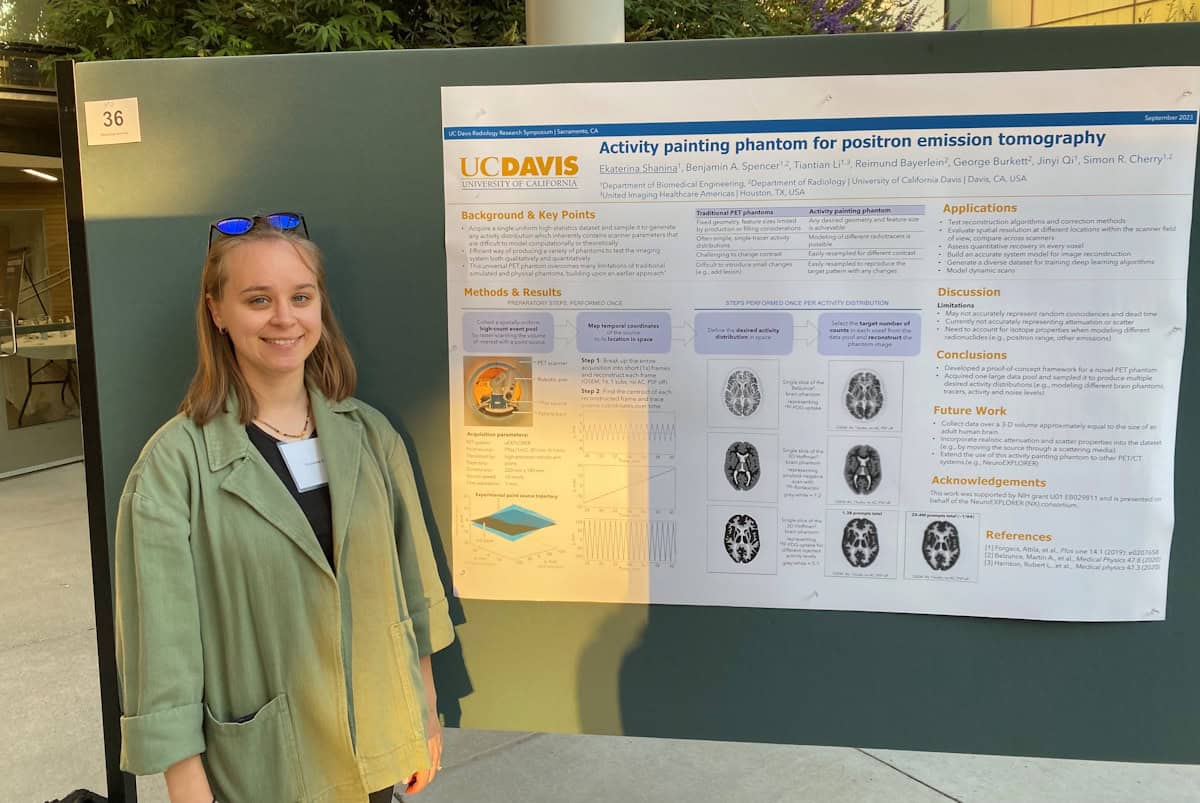
Image Credit: Physicsworld
PhD student Ekaterina Shanina wins Early Career Researcher Award for PET phantom study
- PhD student Ekaterina Shanina from UC Davis wins Physics in Medicine & Biology Early Career Researcher Award for her research on a novel brain phantom for PET.
- Shanina's study was selected as the best paper in the journal's Early Career Researcher Focus Collection 2024, aimed at promoting the work of emerging researchers in the medical physics field.
- Her award-winning paper introduces the PICASSO phantom for PET, allowing for realistic neuroimaging studies with high quantitative accuracy, particularly beneficial for evaluating high-resolution brain PET scanners.
- The PICASSO phantom overcomes limitations of traditional PET phantoms by using activity painting technique, offering a more flexible and efficient way to model various activity distributions in the brain for PET imaging.
Read Full Article
13 Likes
Discover more
- Programming News
- Software News
- Web Design
- Devops News
- Open Source News
- Databases
- Cloud News
- Product Management News
- Operating Systems News
- Agile Methodology News
- Startup News
- Cryptocurrency News
- Technology News
- Blockchain News
- Data Science News
- AR News
- Apple News
- Cyber Security News
- Leadership News
- Gaming News
- Automobiles News
Knowridge
223
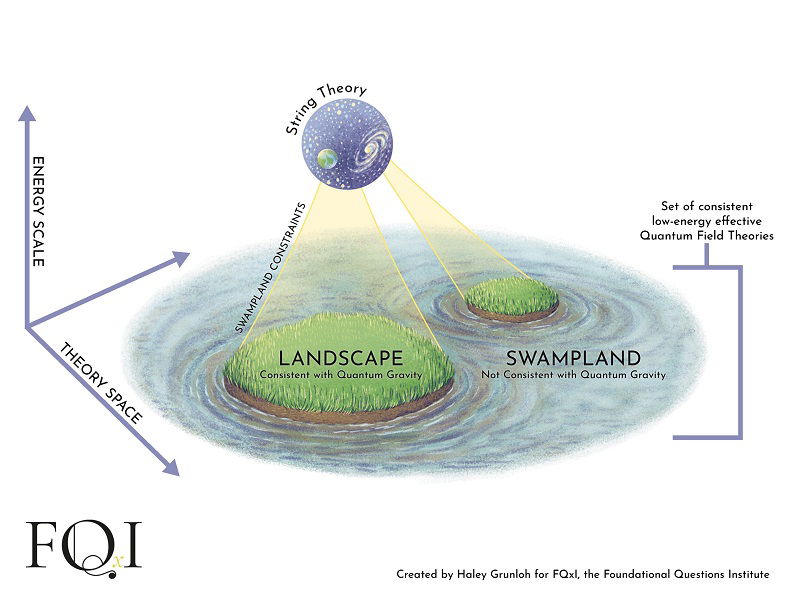
Image Credit: Knowridge
A new twist in string theory could solve a cosmic mystery
- String theory has long been considered a potential ultimate explanation for the workings of the universe.
- However, many versions of string theory do not align with observed phenomena, creating a mismatch referred to as the 'string theory swampland.'
- Physicist Eduardo Guendelman has proposed a new version of string theory where string tension is dynamic, potentially offering a solution to existing discrepancies.
- Guendelman's theory introduces the concept of strings with changing tension levels, which could help explain cosmic phenomena like early inflation and the universe's current acceleration.
Read Full Article
13 Likes
COSMOS
359
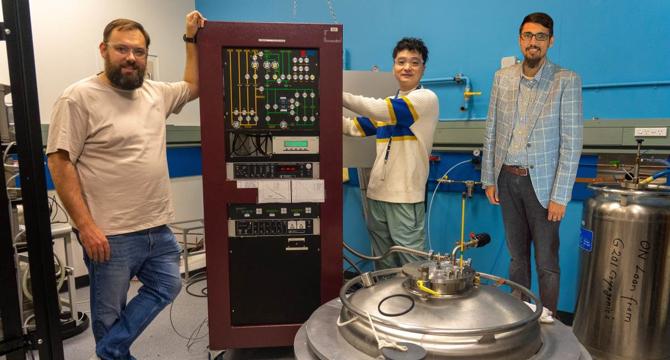
Image Credit: COSMOS
Quantum AI used in world-first semiconductor fabrication
- Engineers at CSIRO utilized quantum machine learning for semiconductor fabrication in a world-first.
- The quantum model improved semiconductor design by optimizing the fabrication process efficiently.
- The research applied quantum method to enhance Ohmic contact resistance modeling in semiconductors.
- Quantum Kernel-Aligned Regressor outperformed 7 classical machine learning algorithms previously used.
- The QKAR technique shows promise for immediate application using current quantum architectures.
Read Full Article
21 Likes
Physicsworld
109
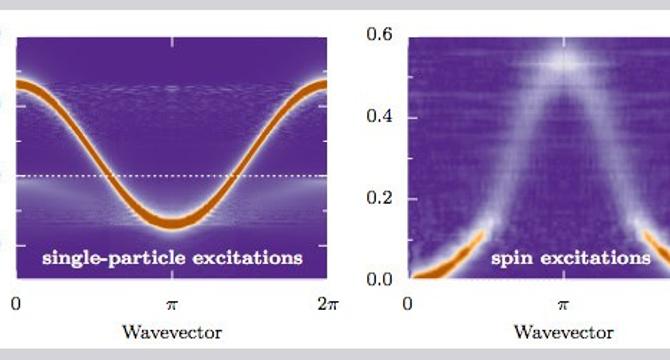
Image Credit: Physicsworld
New mechanism explains behaviour of materials exhibiting giant magnetoresistance
- A new theoretical result suggests that quantum double-exchange ferromagnets exhibit two distinctive features due to quantum spin effects and multiorbital physics, eliminating the need for previously invoked lattice vibrations.
- Giant magnetoresistance in these materials, discovered in the late 1980s by Albert Fert and Peter Grünberg, has been crucial for increasing the storage capacity of hard-disk drives and earned Fert and Grünberg a Nobel Prize in 2007.
- Physicist Jacek Herbrych led a research effort to understand how electron spins in these materials become aligned due to Coulomb interactions, with two mechanisms known for insulating and metallic ferromagnets.
- The study focused on the two-orbital Hubbard-Kanamori model and the Kondo lattice model to explore features related to magnons, revealing magnon mode softening and magnon damping can arise from quantum spin effects and multiorbital physics.
Read Full Article
6 Likes
Fyfluiddynamics
334
Image Credit: Fyfluiddynamics
Rolling Down Soft Surfaces
- Researchers have discovered a phenomenon where a soft sphere can roll down a vertical wall when placed on a soft surface.
- The effect relies on the right level of softness for both the wall and the sphere, allowing a 1-millimeter radius sphere to roll down the wall with slight slipping.
- This rolling on a vertical surface is facilitated by the asymmetric contact between the soft sphere and the surface, providing the torque needed for rolling.
- The findings could potentially lead to new advancements in soft robot capabilities for climbing and descending vertical surfaces.
Read Full Article
20 Likes
Physicsworld
190

Image Credit: Physicsworld
Heisenberg (not) in Helgoland: where two paths diverge
- A scientist reflects on hay fever struggles and quantum theories during travel to Helgoland.
- Journey challenges and new perspectives on quantum view lead to deeper mathematical exploration.
- Struggles in Göttingen contrast with clarity and beauty found in Helgoland's sea air.
- Uncertainty in quantum understanding drives desire for insights from colleagues in Hamburg.
- Reflections on nature, mathematics, and the quantum world spark internal inquiries and uncertainties.
Read Full Article
11 Likes
Knowridge
182

Image Credit: Knowridge
Tiny satellite could make quantum communication a reality
- A shoebox-sized satellite named QUICK³ has been launched into space by researchers from the Technical University of Munich to test quantum communication technology.
- The satellite, weighing just 4 kilograms, aims to test how quantum communication components work in space to create a secure global network for sending unhackable information.
- Quantum communication uses single photons for secure transmission, making it resistant to interception due to the unique quantum properties of single particles of light.
- The goal is to eventually establish a network of satellites for long-distance quantum communication if the technology proves successful in space, marking a significant step forward for everyday quantum communication use.
Read Full Article
10 Likes
Medium
190

Image Credit: Medium
Mistral LLMs: AI Agents Orchestrating the Quest for Relativity’s Proof
- AI agents revolutionize scientific discovery by collaborating on complex problems like proving relativity.
- Agents specialize in literature review, theoretical analysis, experimental simulation, proof synthesis, and historical context.
- Modular design and diversified intelligence improve efficiency, scalability, and problem-solving in AI systems.
- Decentralized intelligence and task-focused agents mirror teamwork's effectiveness in tackling intricate scientific challenges.
Read Full Article
11 Likes
Physicsfromtheedge
322

Demysticon 2025 in Sesimbra
- The Demystify 2025 conference in Sesimbra, Portugal featured engaging talks on various scientific topics including physics challenges and cosmological theories.
- Speakers like Alexander Unzicker proposed a Department of Scientific Efficiency to address issues in physics, while Eric Lerner discussed challenges with the Big Bang theory, including the Lithium problem.
- Indranil Banik presented ideas to explain the Hubble tension and showcased research on Baryon Acoustic Oscillations, suggesting the presence of a local void as a solution to the cosmological problem.
- The conference aimed to bridge mainstream and unconventional scientific approaches, with discussions touching on topics like the Variable Speed of Light cosmology and alternative perspectives on the Cosmic Microwave Background.
Read Full Article
19 Likes
Fyfluiddynamics
233
Image Credit: Fyfluiddynamics
Seeing the Sun’s South Pole For the First Time
- The ESA-led Solar Orbiter used a Venus flyby to view the Sun's south pole for the first time by lifting itself out of the ecliptic plane.
- The maneuver provided a close-up look at plasma rising off the pole, offering insights into the Sun's activity as it nears its 11-year solar cycle maximum.
- Solar Orbiter's instruments revealed pockets of both positive and negative magnetic polarity at the south pole, indicating an upcoming magnetic pole flip.
Read Full Article
14 Likes
Physicsworld
352
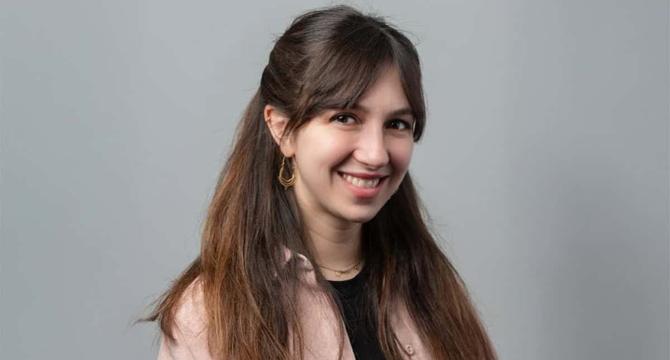
Image Credit: Physicsworld
Ask me anything: Giulia Rubino – ‘My work involves continuously engaging a balance of creativity, critical thinking and curiosity’
- Beyond technical skills, daily job balances creativity, critical thinking, curiosity in physics research.
- Research involves formulating questions, staying curious, and being open to diverse inspiration.
- Freedom in choosing research topics is rewarding, while email management can be challenging.
Read Full Article
21 Likes
Knowridge
144
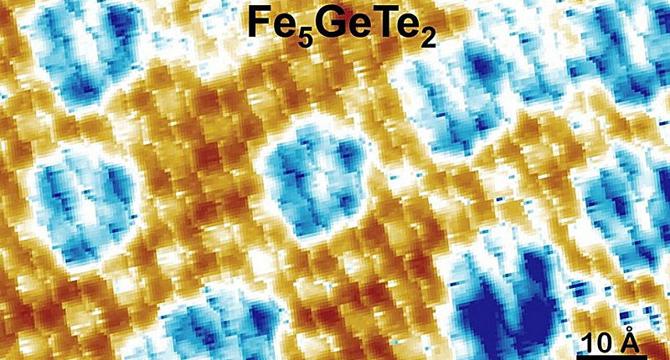
Image Credit: Knowridge
Scientists witness a rare quantum dance in a single sheet of atoms
- Scientists from National Taiwan University discovered a rare collaboration between electricity and magnetism in the 2D ferromagnet Fe₅GeTe₂ at room temperature.
- The material's unique iron atoms allow electric and magnetic effects to interact closely, creating synchronized quantum effects like charge density waves, the Kondo effect, and ferromagnetism in a repeating pattern.
- Using scanning tunneling microscopy, researchers observed the synchronized quantum states forming a √3 × √3 superlattice, a phenomenon predicted but never directly observed before.
- The discovery challenges the belief that electrical and magnetic properties must compete, offering new possibilities for quantum technology advancement with smaller, faster, and more powerful devices.
Read Full Article
6 Likes
For uninterrupted reading, download the app